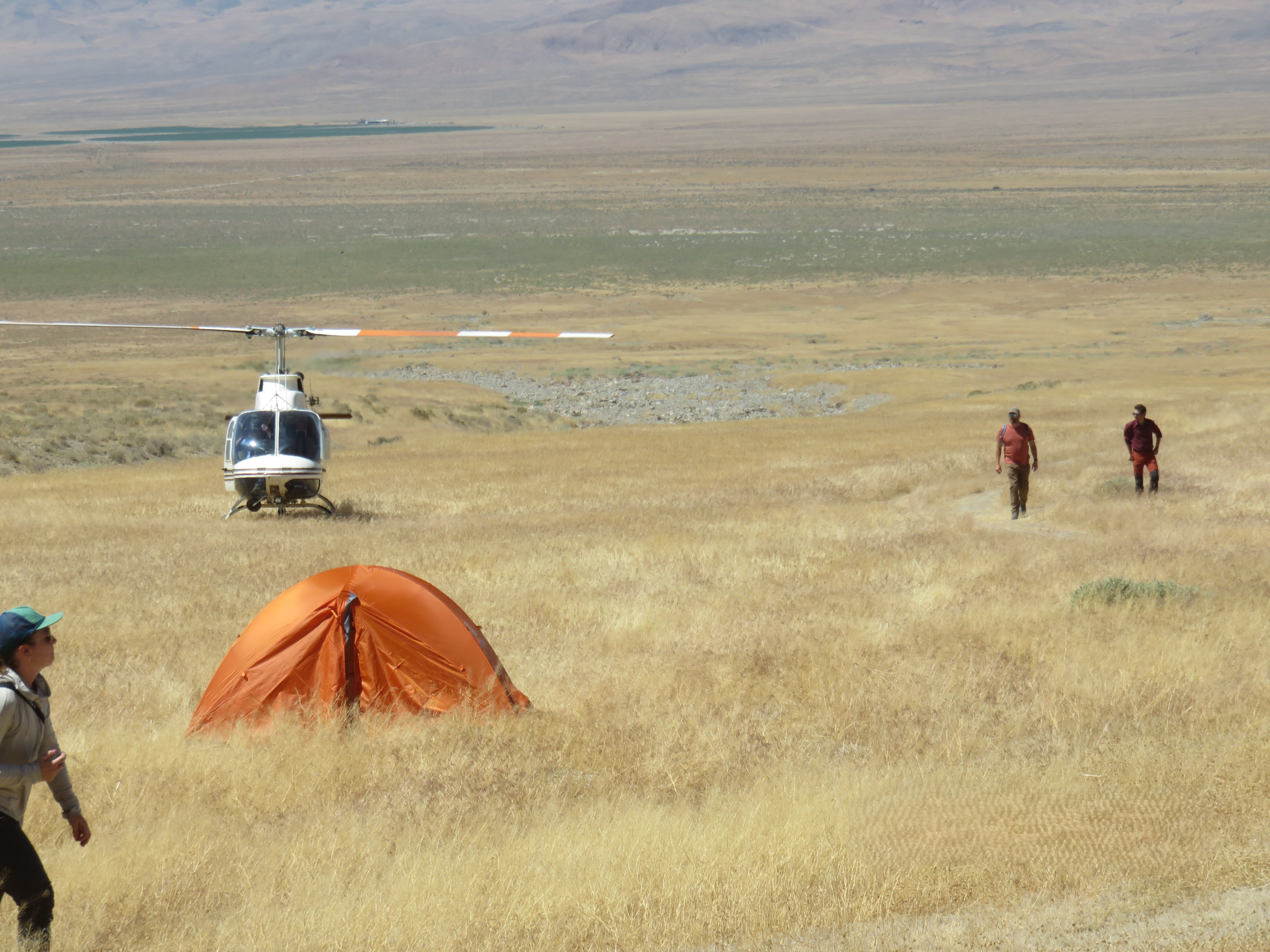
Last week, the Nevada Museum of Art took a group of journalists and writers to Central Nevada's Berlin-Ichthyosaur State Park, where they met with renowned paleontologist Dr. Martin Sander and toured his dig site near the Cain Mountain Wilderness.
Sander is co-curating the “Deep Time: Sea Dragons of Nevada” exhibit, which will be at the Nevada Museum of Art on September 7, 2024, along with Ann Wolfe, the museum’s chief curator. “Deep Time” will show Nevada’s importance as a paleontological site globally as the largest gathering of giant ichthyosaur fossils to be assembled under one roof.
The Fallon Post sent Harry Smith, correspondent, and devoted staff volunteer on the trip, to report.
Smith met the group for lunch at the famous Middlegate Station before they traveled to Ione, where they toured the Berlin-Ichthyosaur State Park before departing for an overnight stay at the Cozy Mountain Motel in Austin and a group dinner at Grandma’s Restaurant.
Tour attendees and Smith’s traveling partners included Riley Black, fossil fanatic and writer whose work has appeared in National Geographic, Slate, and Smithsonian; PBS Reno’s Rebecca Cronon; Jacob Dreyer, a freelance writer based in Shanghai who has written a book called “The Nocturnal Wanderer;” and Pat Hickey, longtime Nevada writer with the Reno Gazette-Journal. The museum hosted the tour led by Colin Robertson, VP of Education and Research. Media contacts Don Vetter and Amy Oppio accompanied the group on the first day. Base camp pictured above.
.JPG)
On Thursday morning, August 22, the tour departed Austin for the Augusta Mountains, a three-hour drive. After setting up camp, they were transported by helicopter to the Favret Canyon Excavation Site. Sander explained the site, its history, the excavation schedule, and the exhibit coming to the museum. Some participants flew back to the base camp on the helicopter, but several accompanied Robertson down the mountain on foot, arriving at camp late in the evening. Base camp pictured above.
Spanning 9,000 square feet, the exhibition combines science with art, history, and design to tell the story of the rise and fall of the ichthyosaur (the Nevada State Fossil, specifically the species Shonisaurus popularis) and its unique connection to the state. This is a homecoming, as many fantastic fossils were dug up from rural Nevada and sent to repositories out of state.
The exhibit includes giantism in nature, a popular science topic. There are also interactive displays telling the stories of paleontologists Annie Alexander, one of the founders of UC Berkely's paleontology museum (the museum is publishing a children's book on her exploits), and Mary Anning, who discovered the first ichthyosaur fossil specimen in 1811 in Great Britain. There are lots of angles. Pictured above center, Favret Canyon, below, paleontologist Dr. Martin Sander.
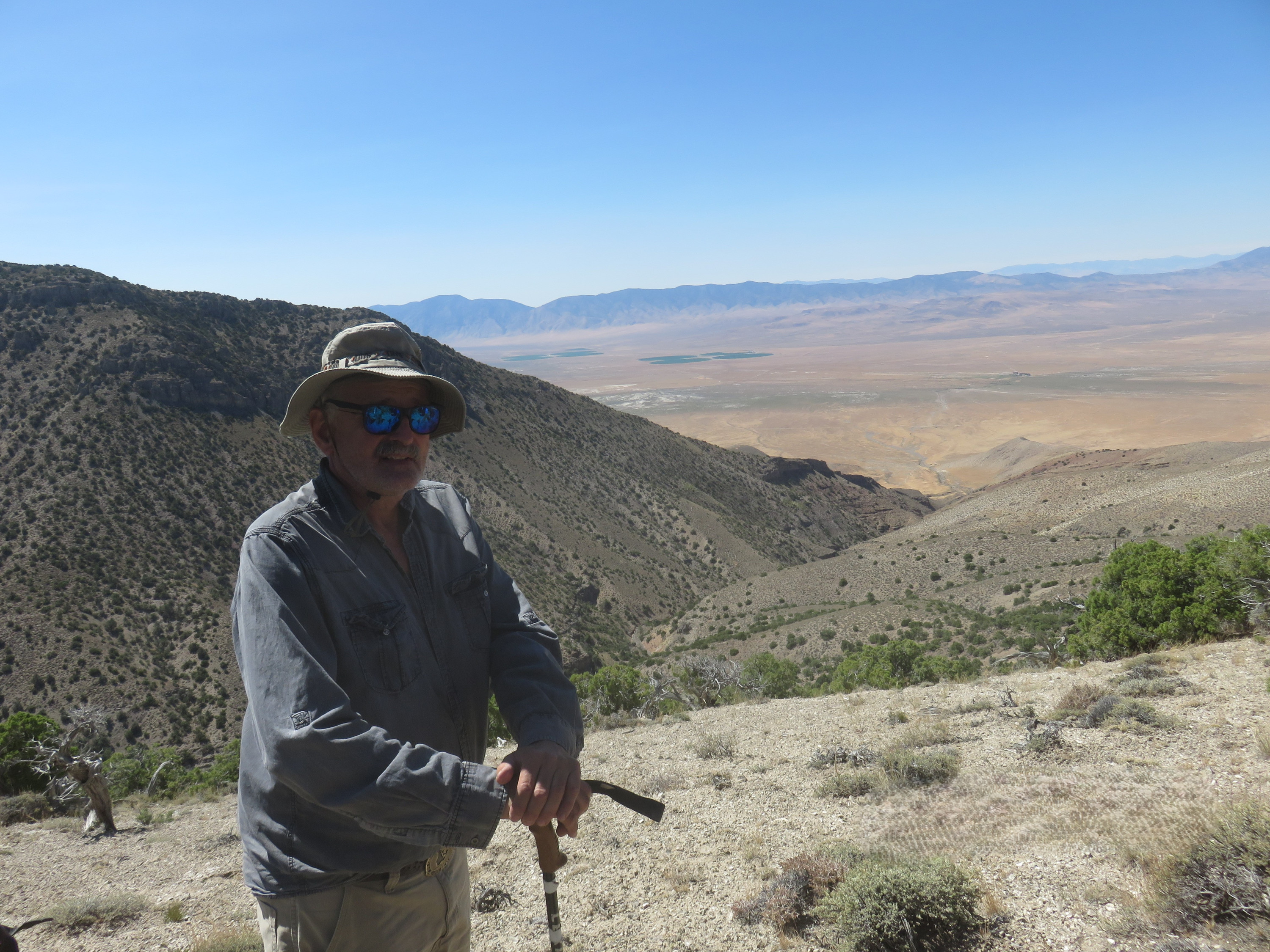
The exhibit was designed by award-winning designer Nik Hafermaas of Berlin, Germany. Journeying into the main exhibit space, visitors will walk through displays representing Nevada mountain ranges and discover over 20 fossil specimens excavated between 1868 and 2022, many of which have never been publicly seen. Finally, visitors will come face-to-face with a life-sized, virtually animated ichthyosaur that responds to movement, giving visitors a chance to swim alongside the ancient reptile.
The media trip was just part of the leadup to the September 7 opening of the new, history-making exhibition “Deep Time: Sea Dragons of Nevada” at the Nevada Museum of Art, located at 160 West Liberty in Reno. The exhibition will be on display until January 11, 2026.
On opening day, after his adventure across Nevada and up to the dig site, Harry Smith will be found at the Nevada Art Museum with bells on.
For more information, visit Nevadaart.org.
Photos: Lifesized Ichthyosaur at Berling-Ichthyosaur State Park, Sea Dragons Press Kit, helicopter pilot, the tour group listening to Dr. Sander.
.jpg)
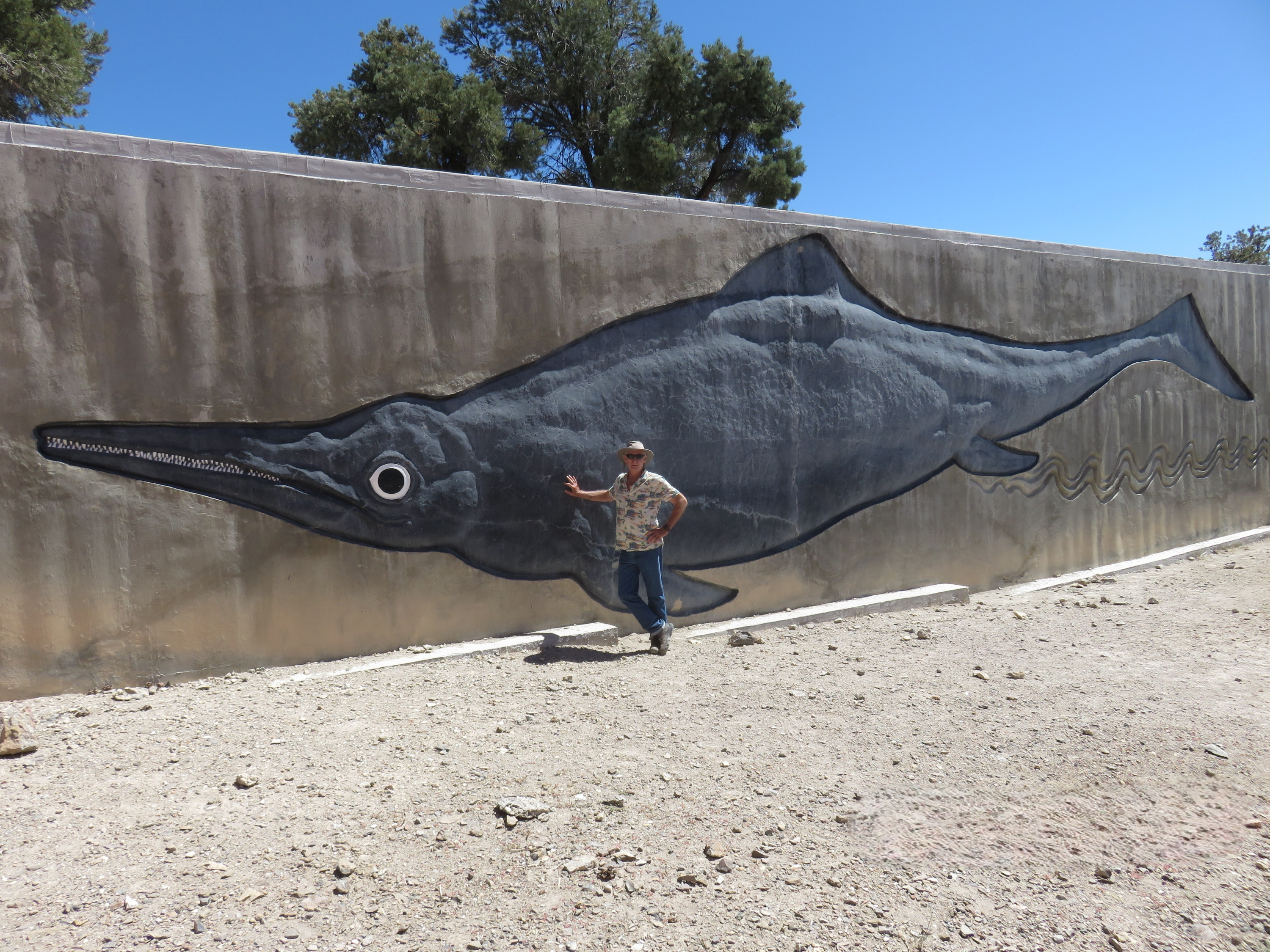
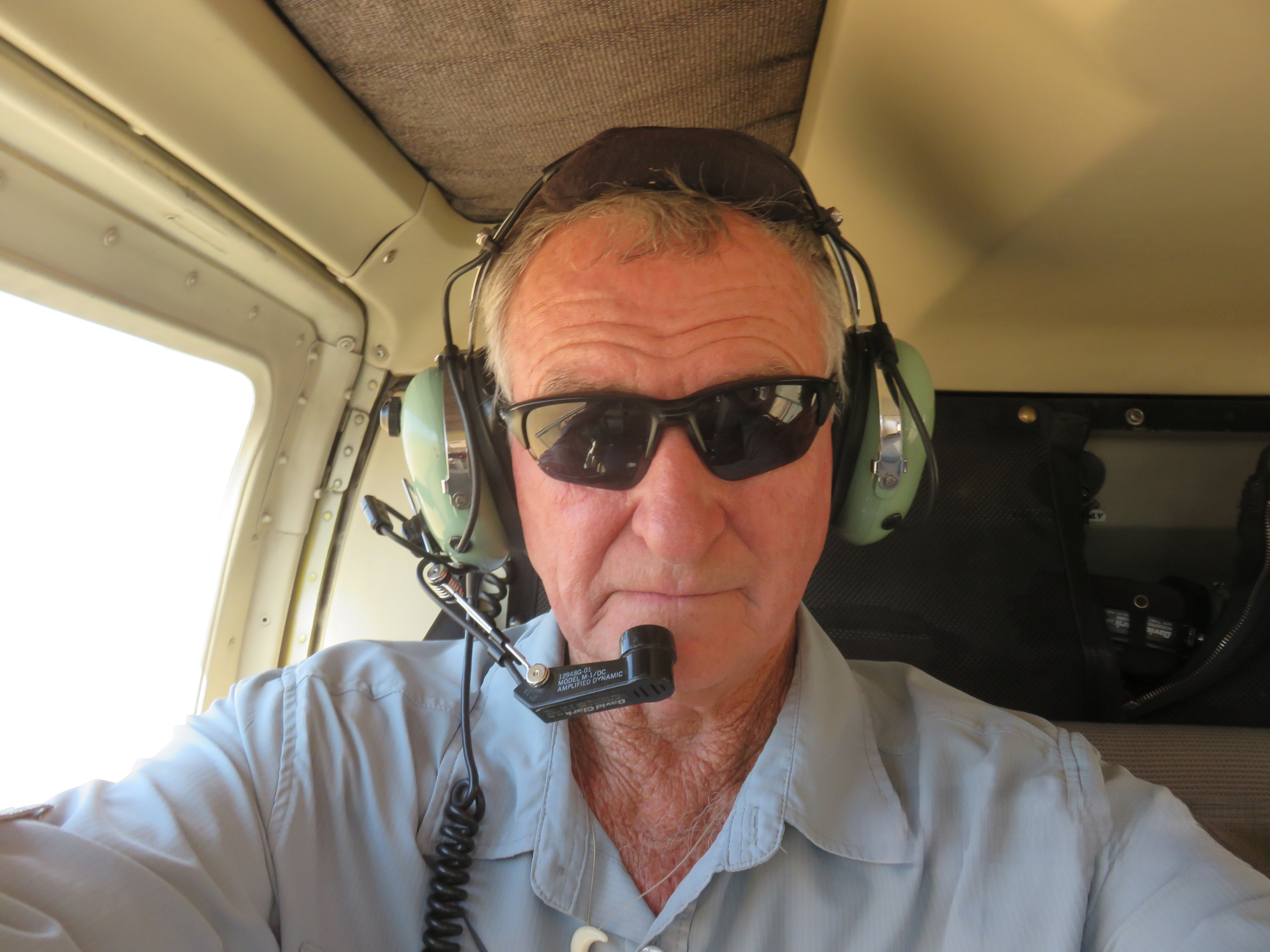
.JPG)


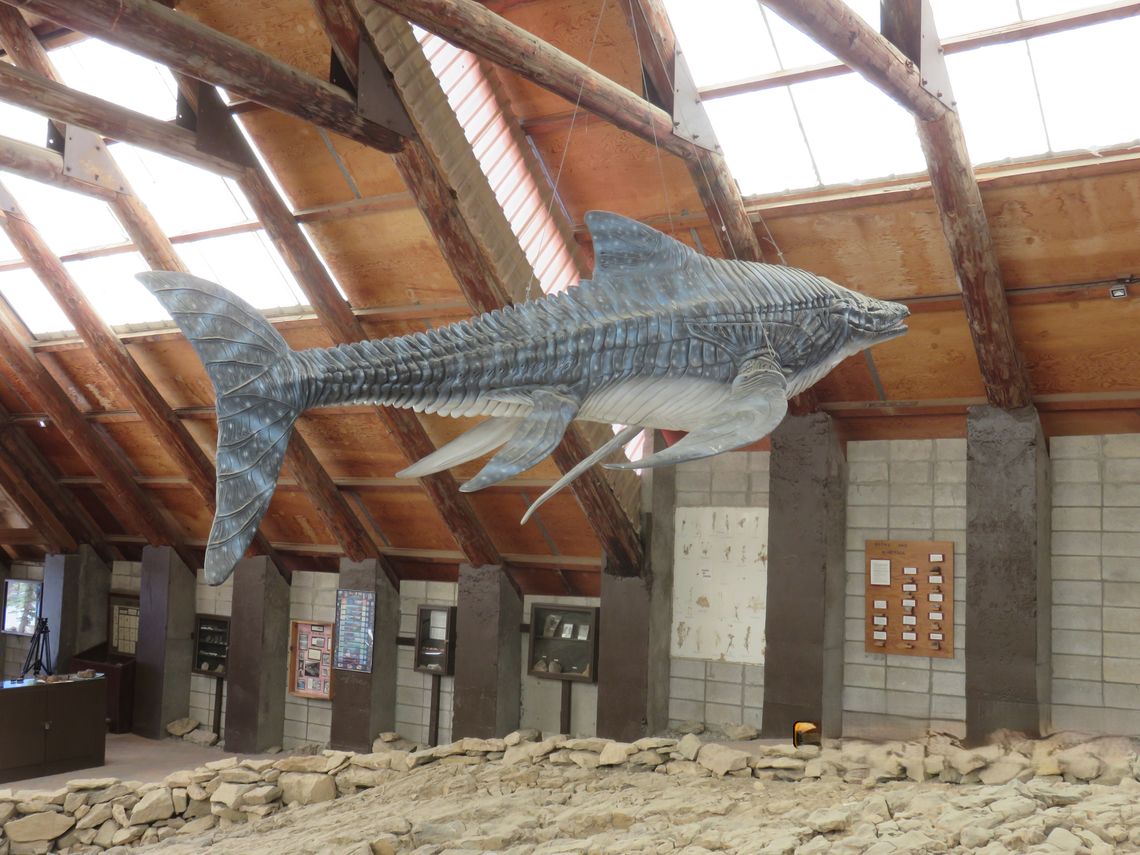
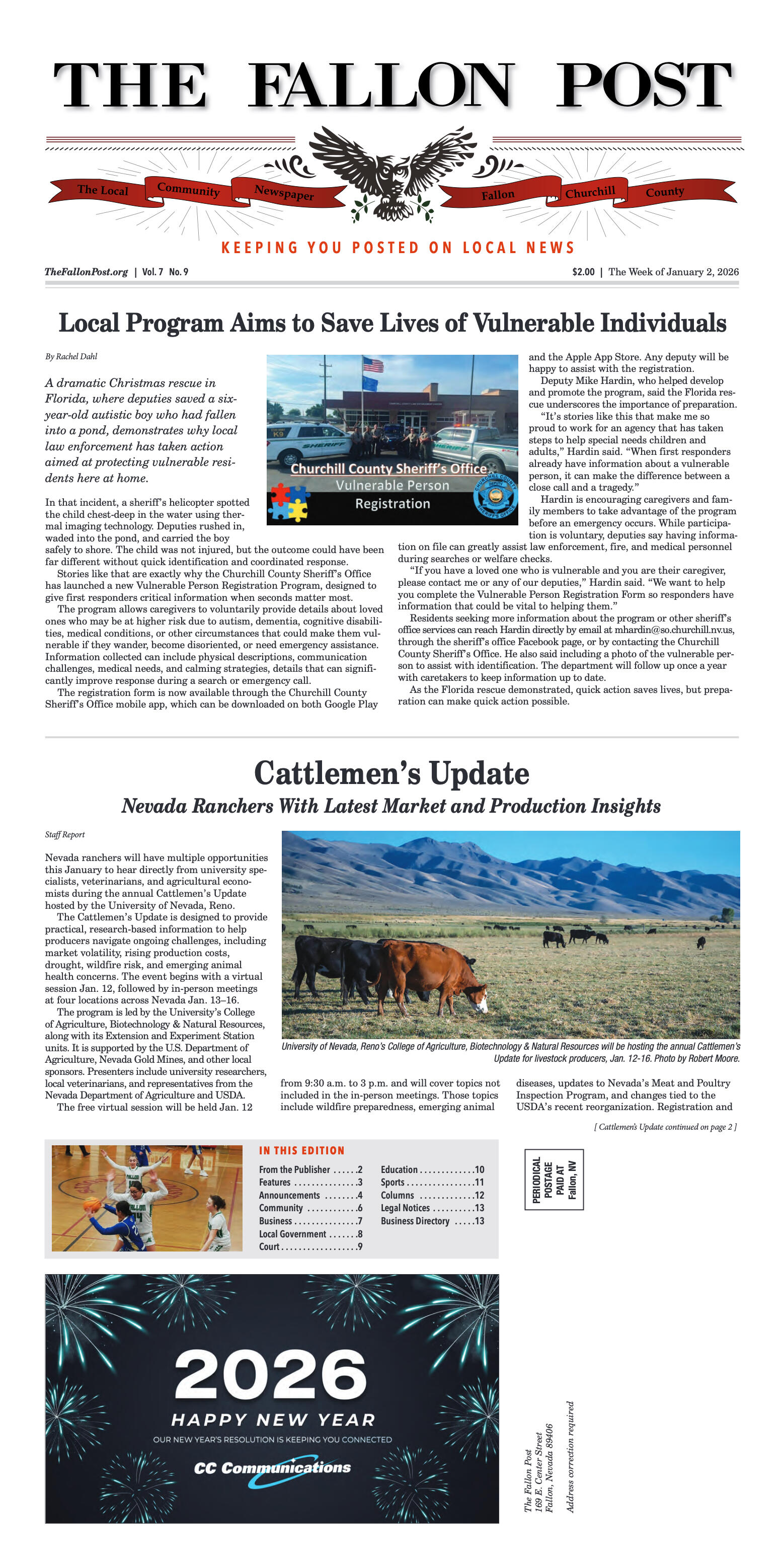
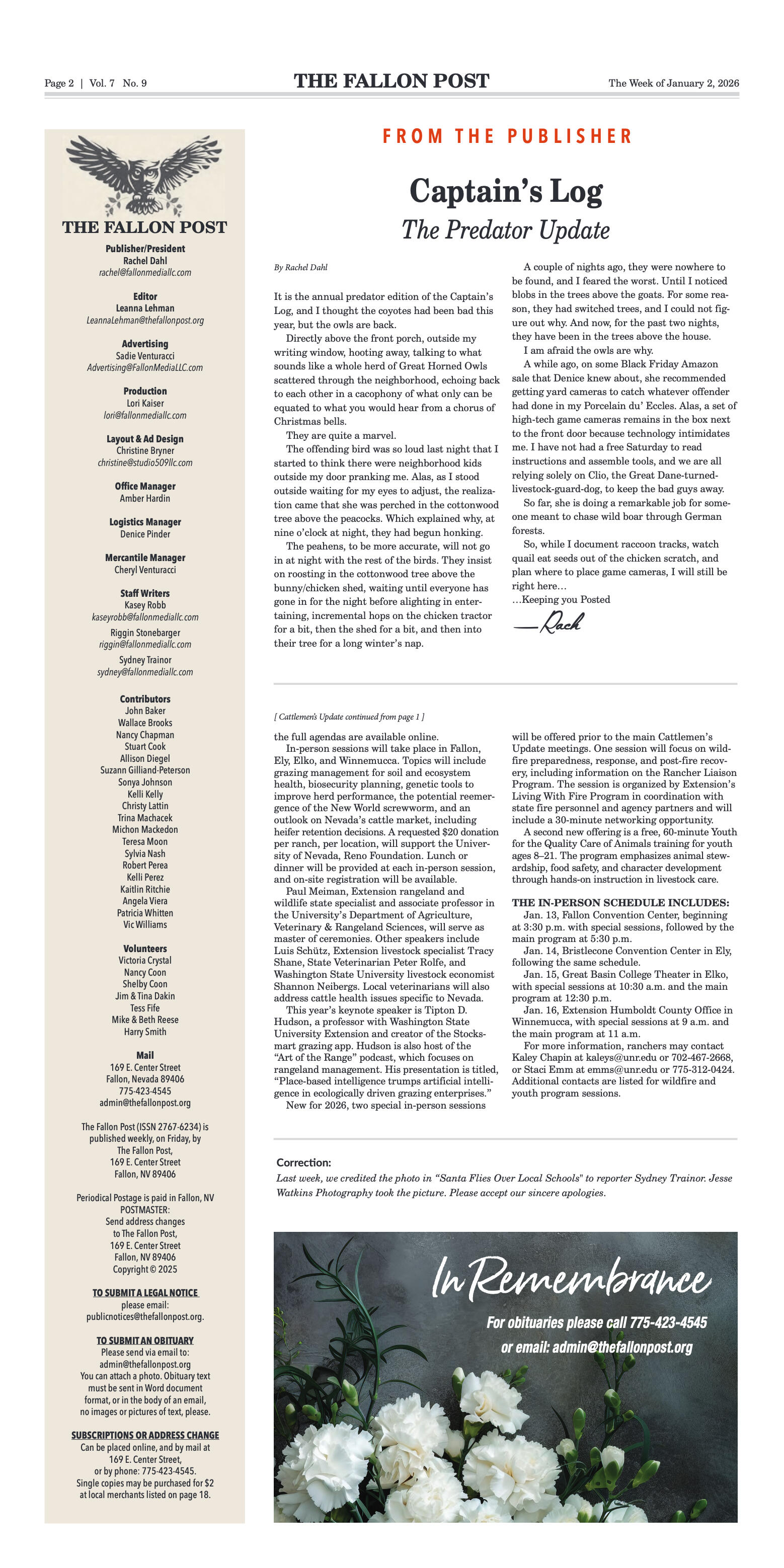
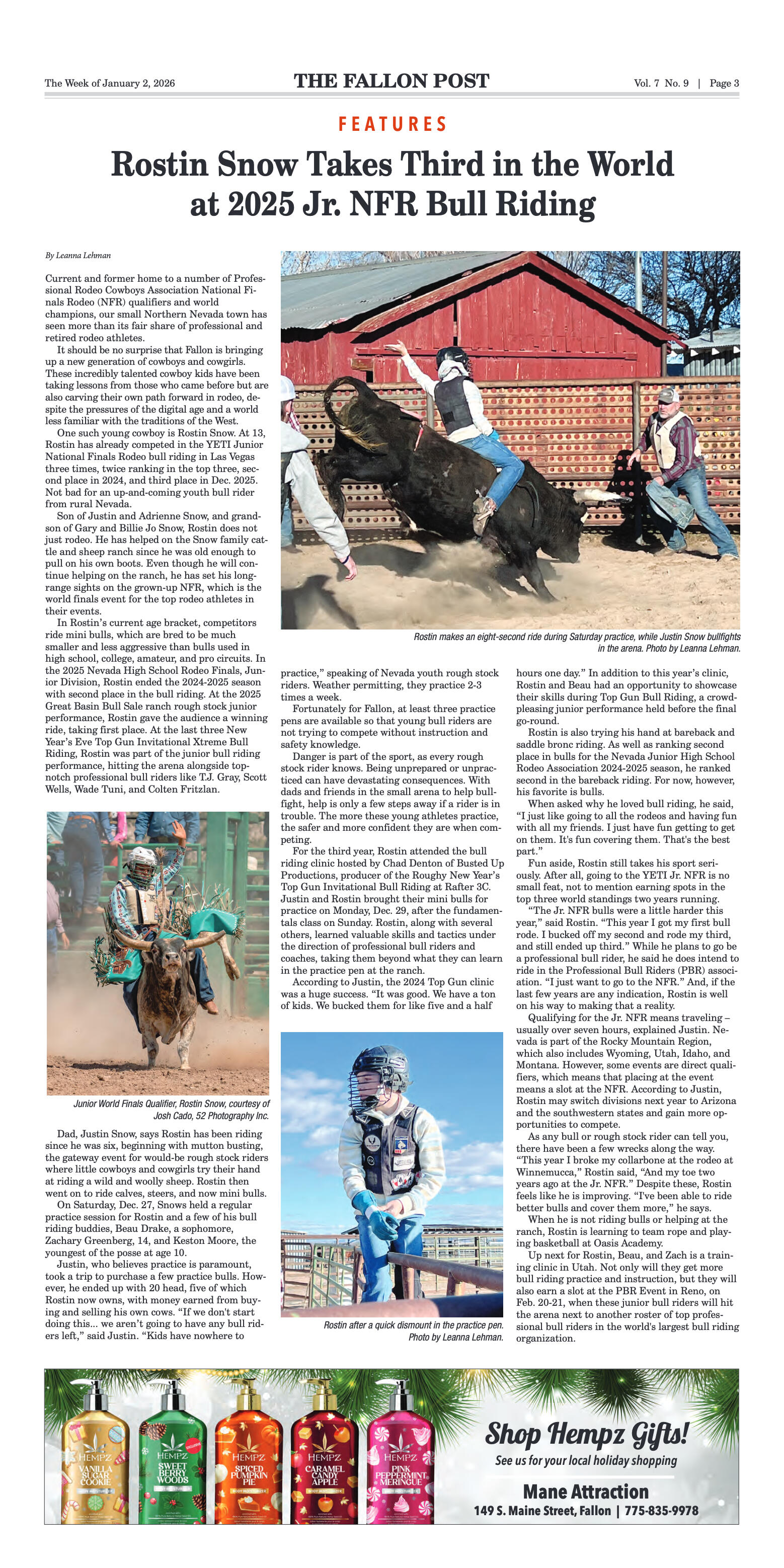

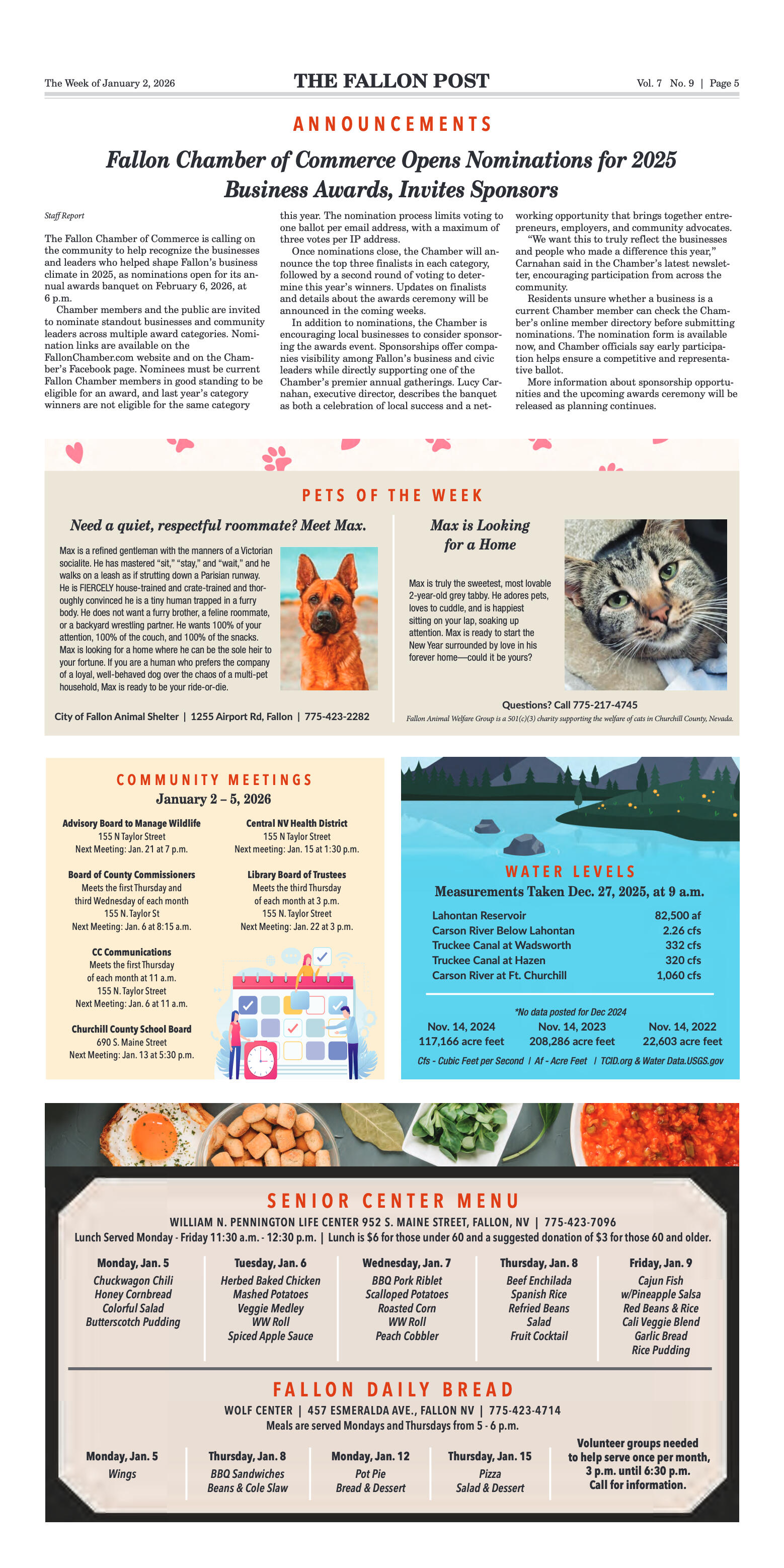
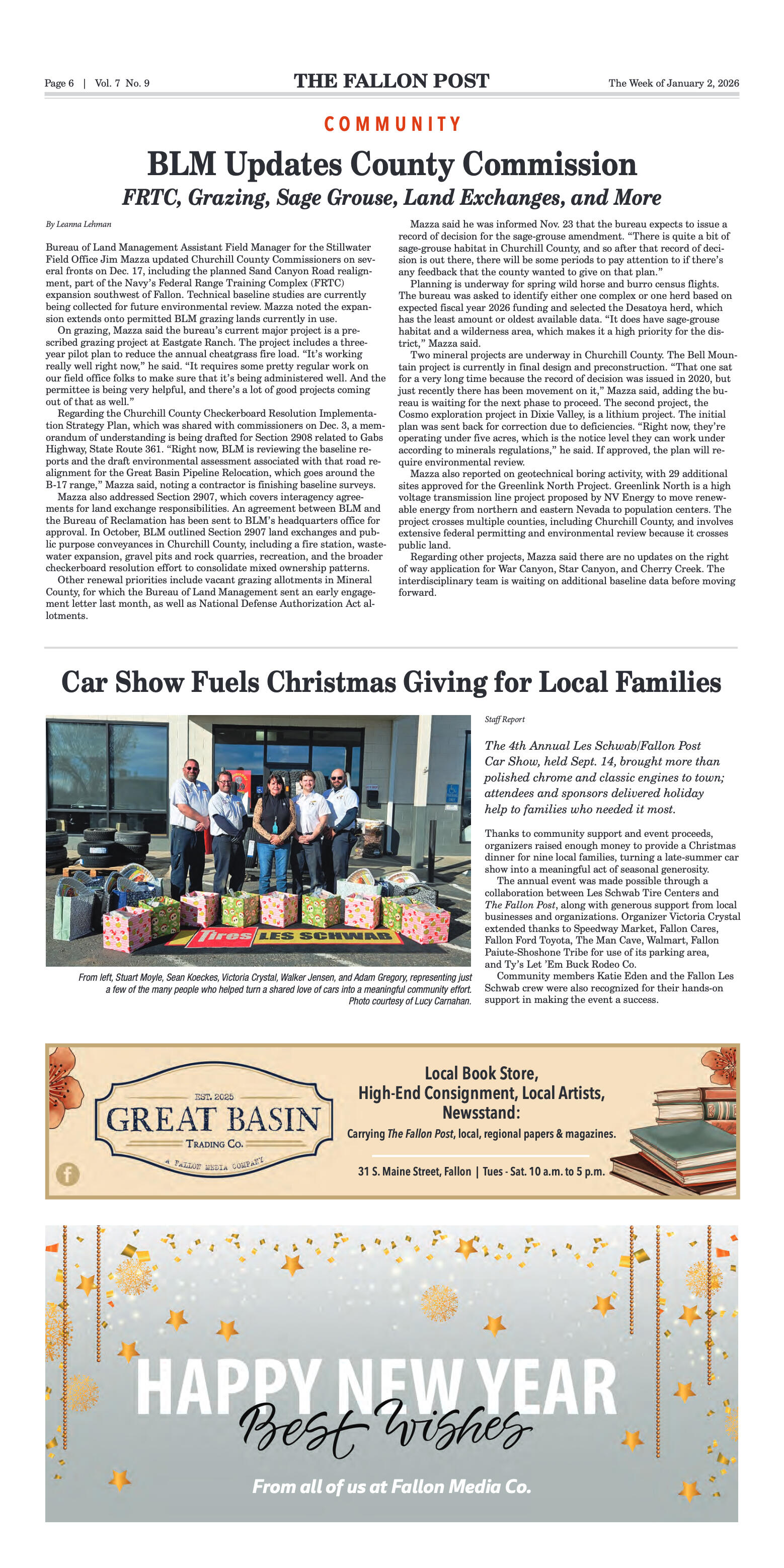
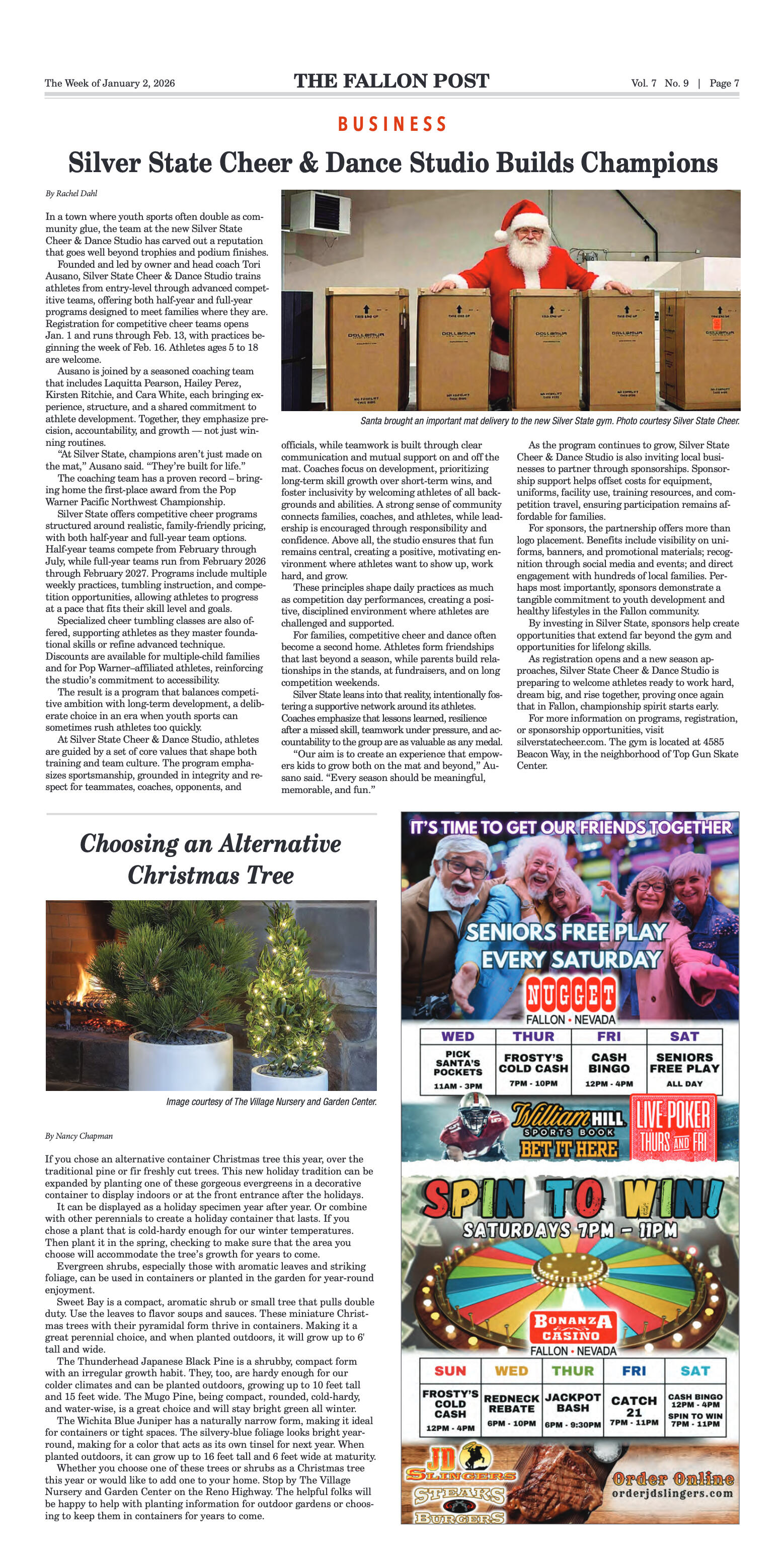
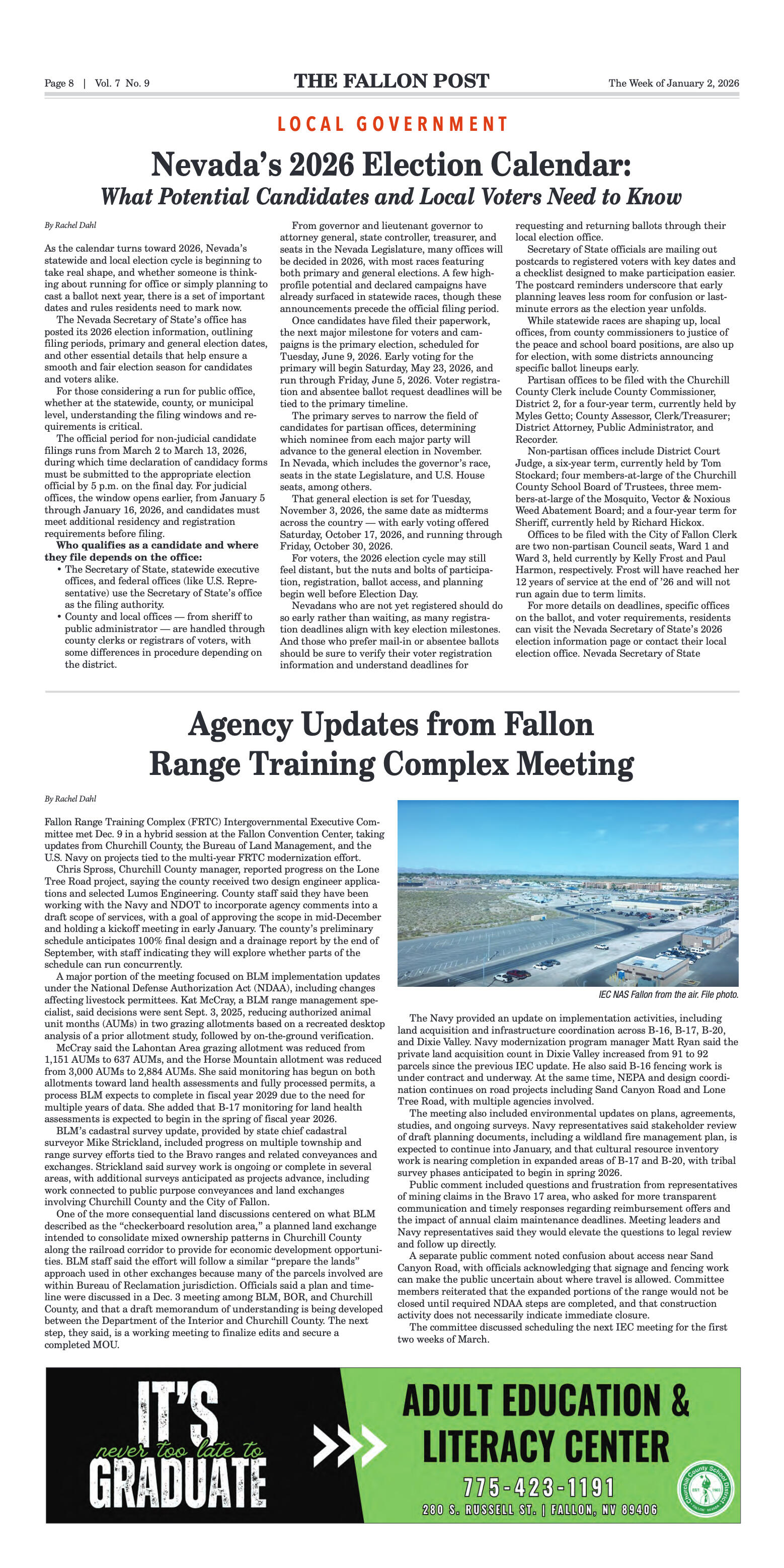
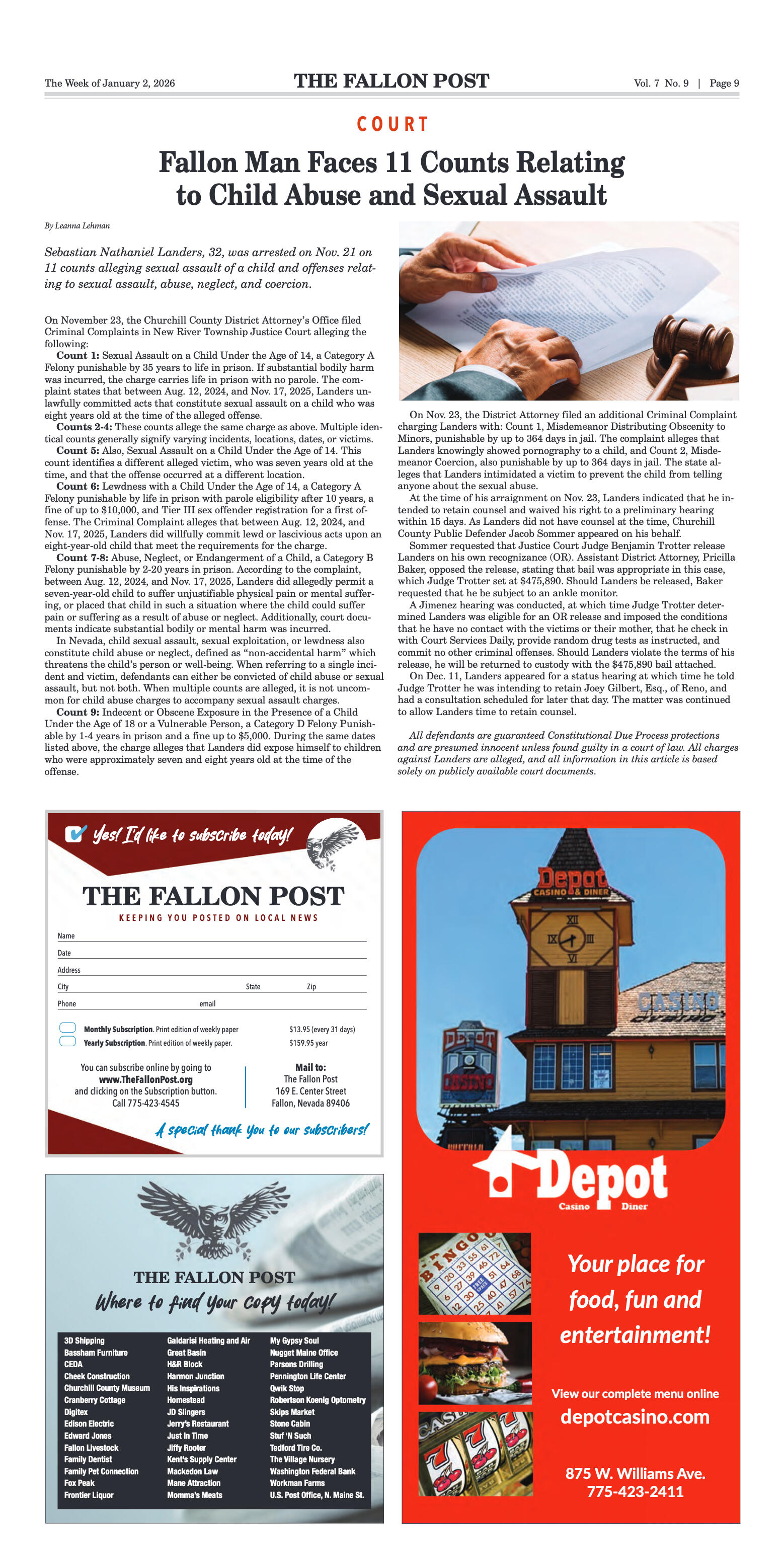
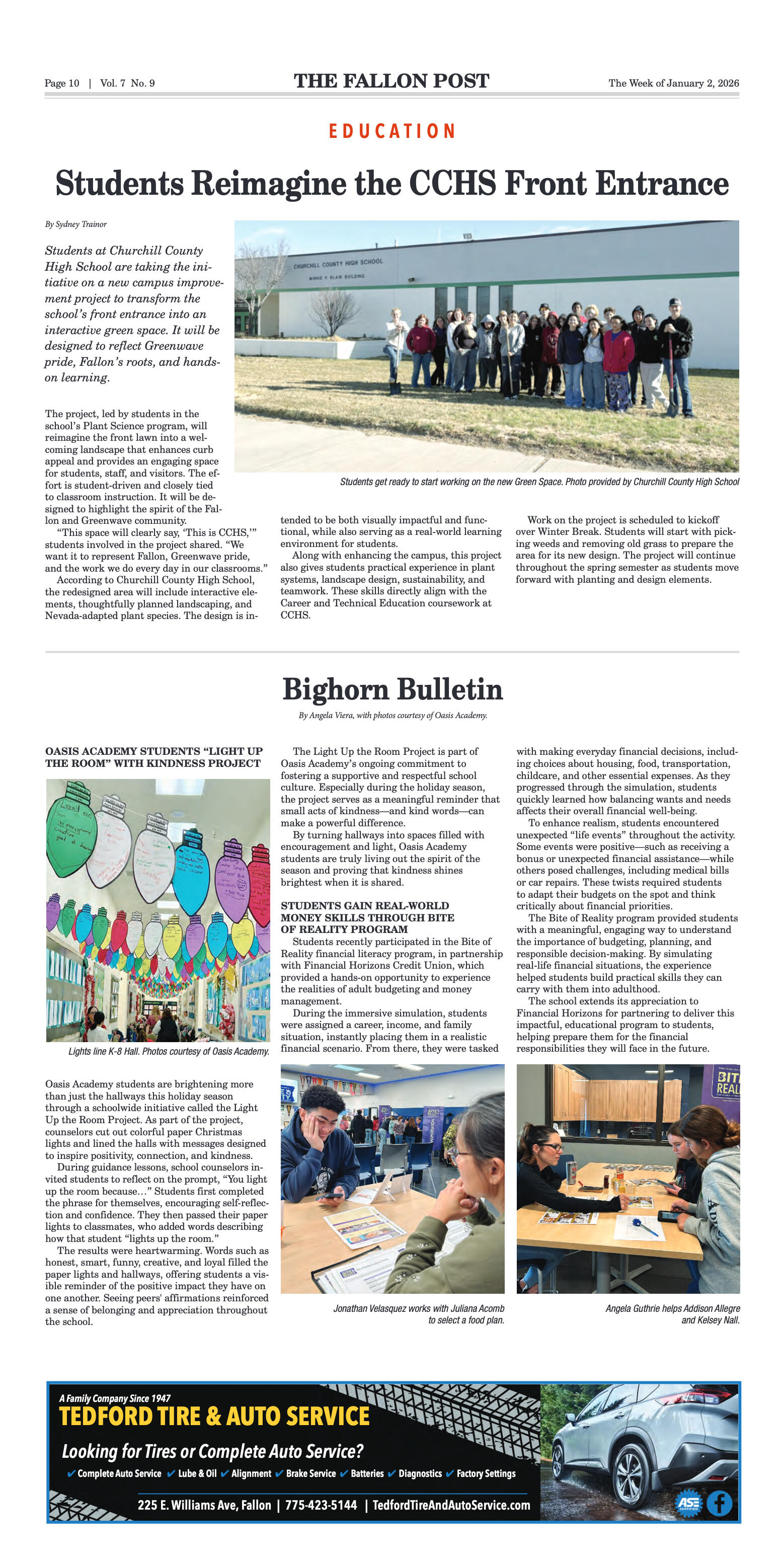
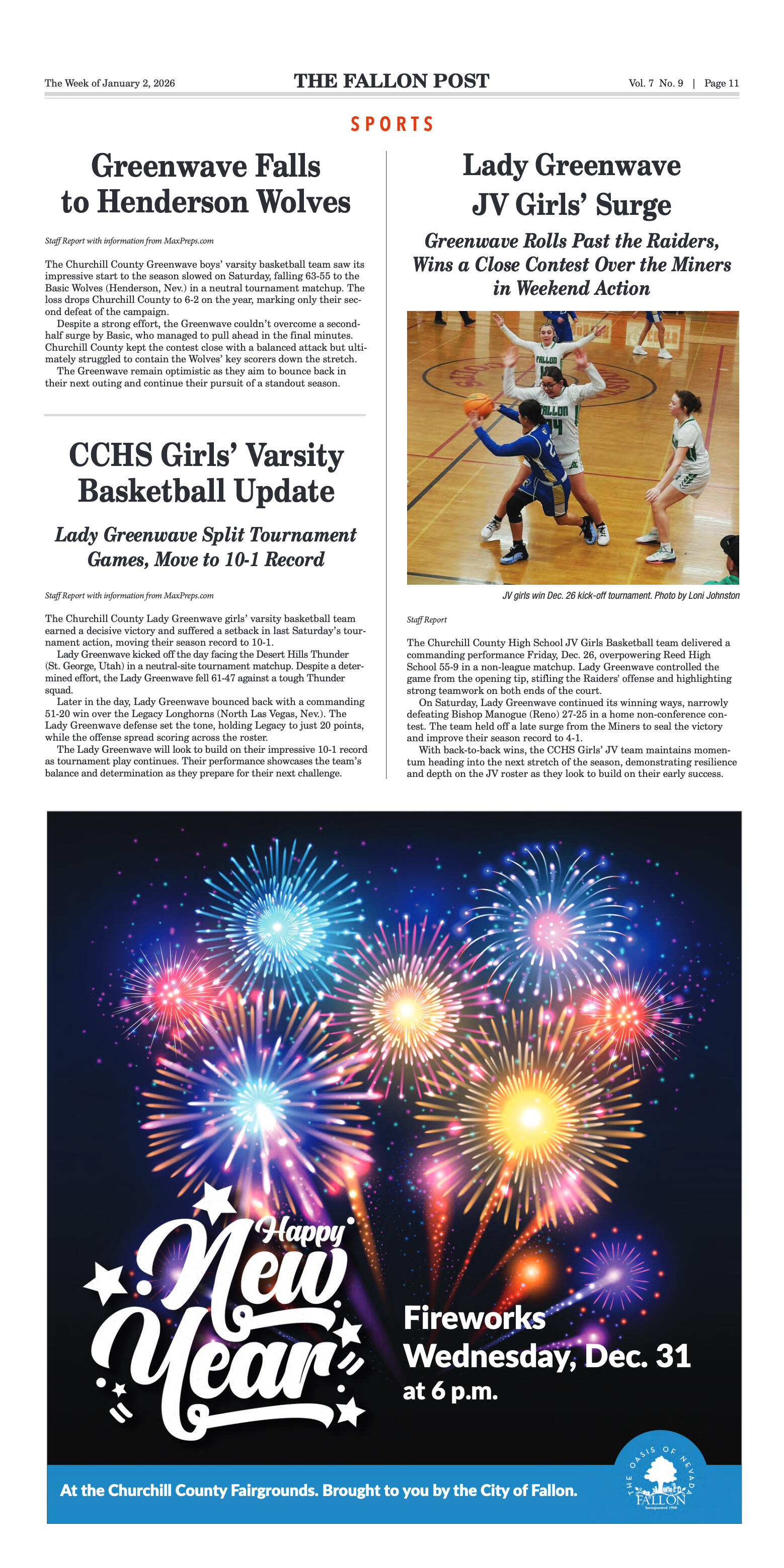
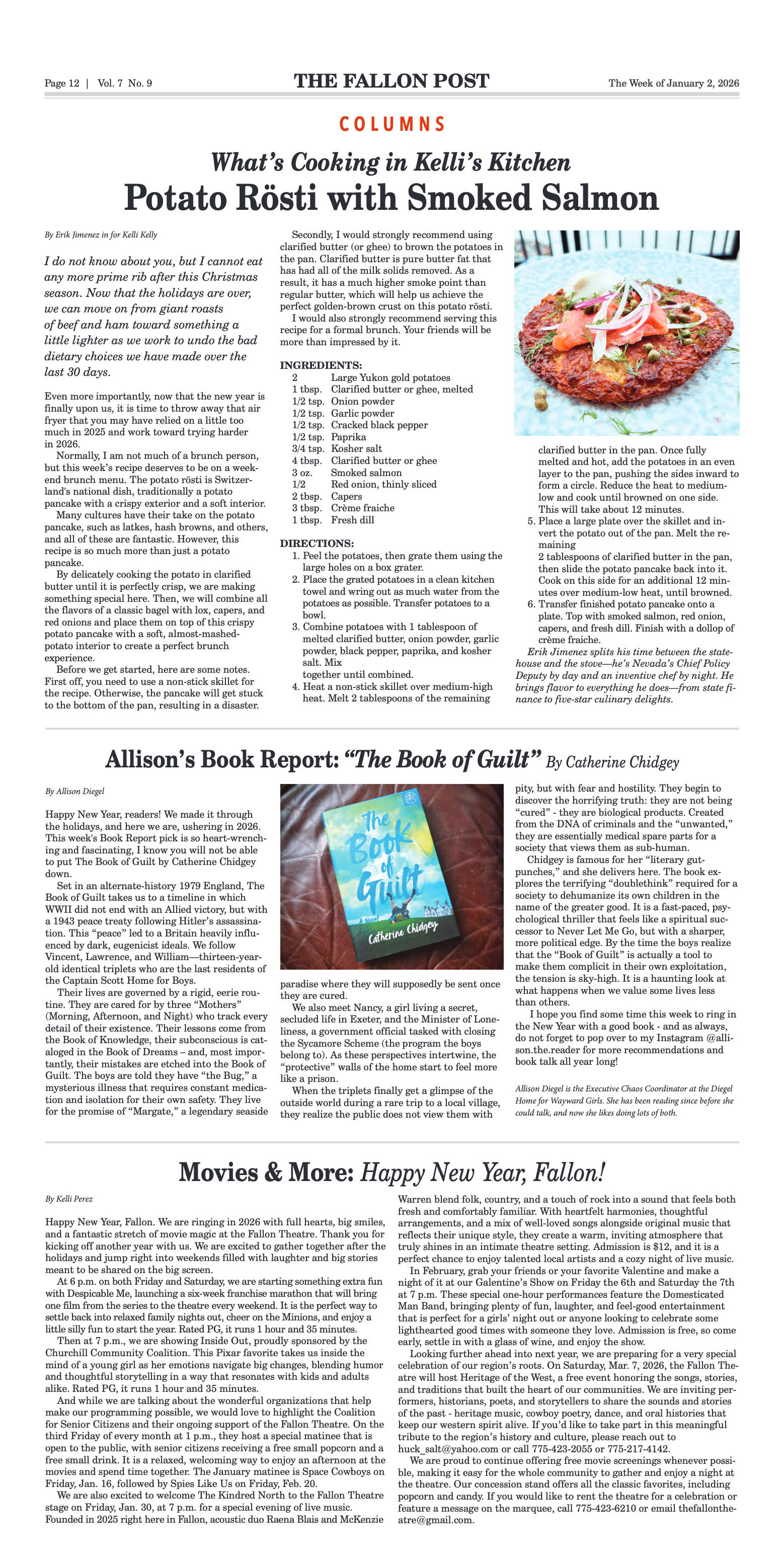
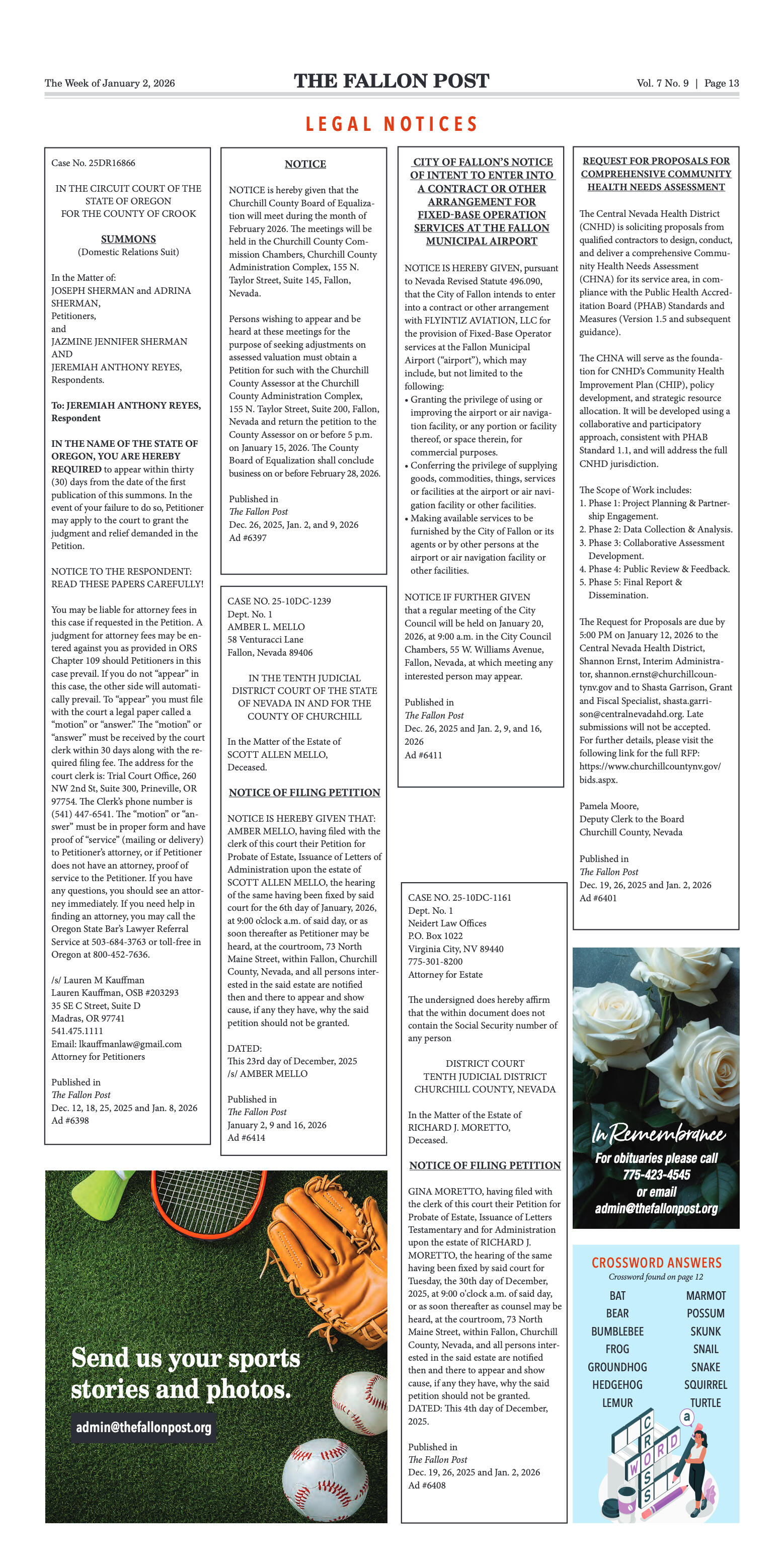
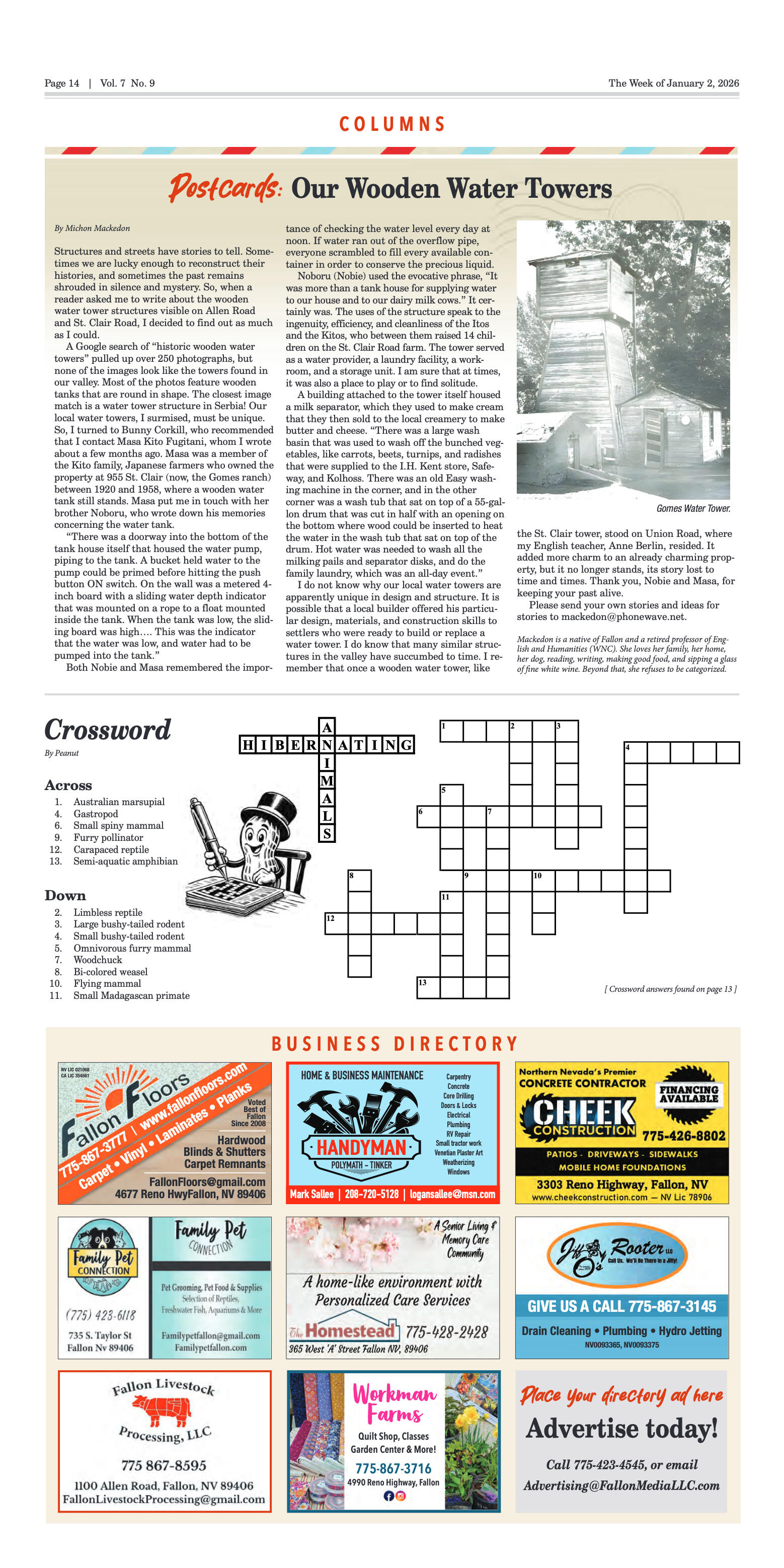

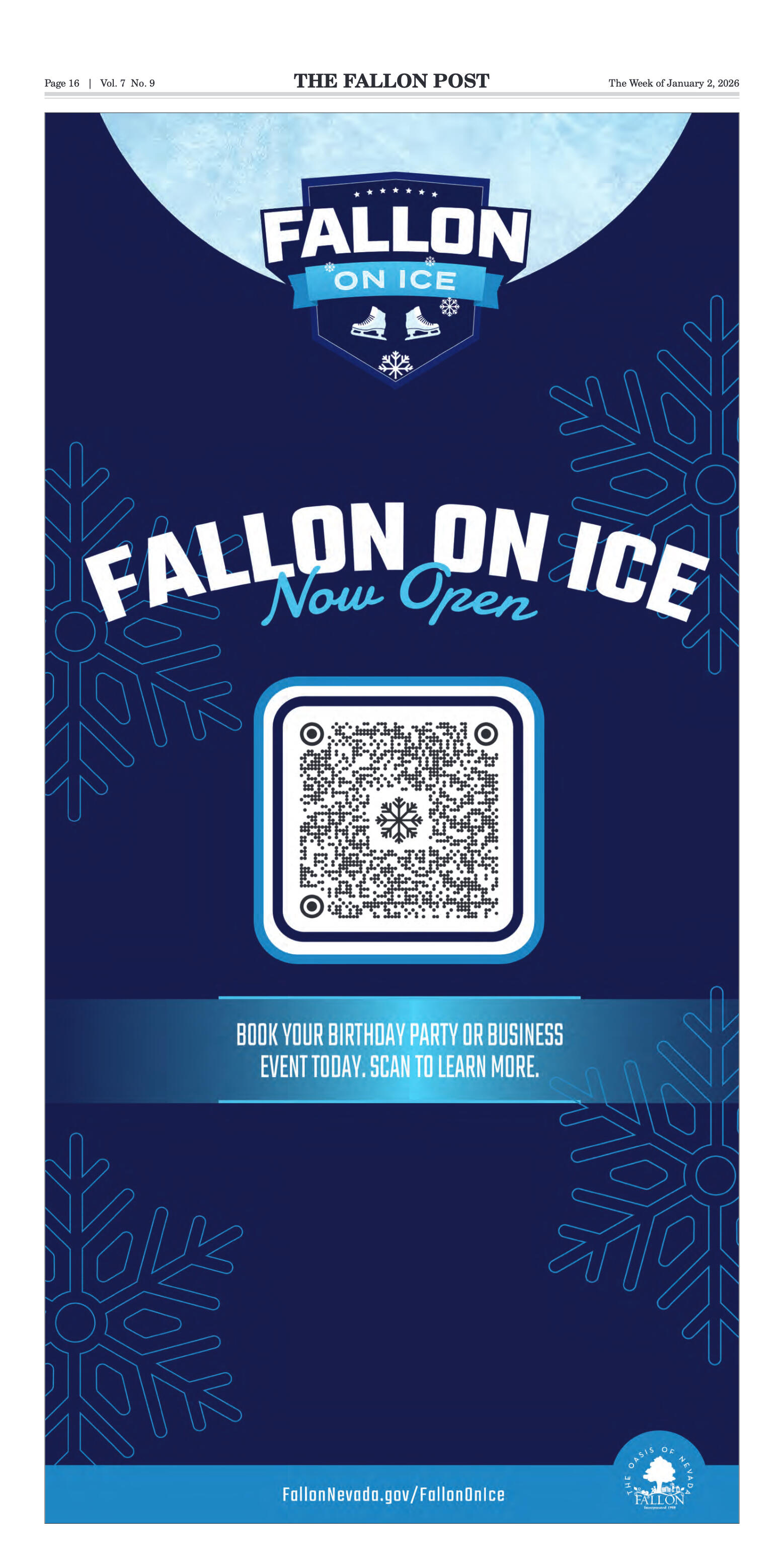

















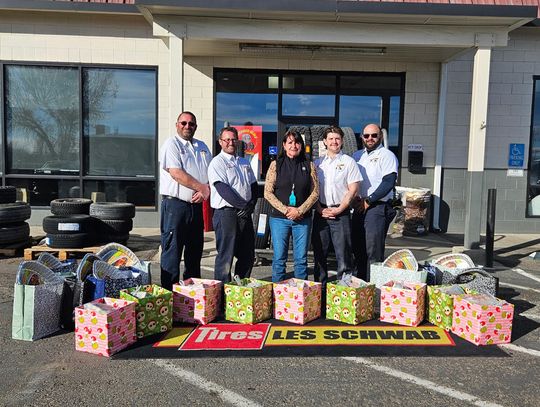




Comment
Comments